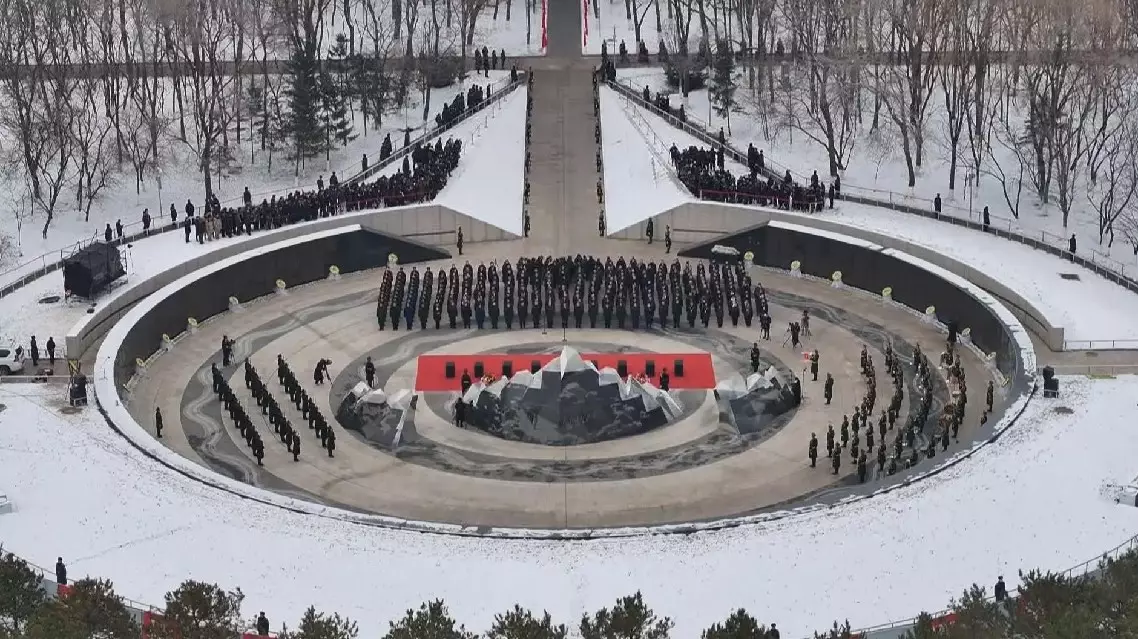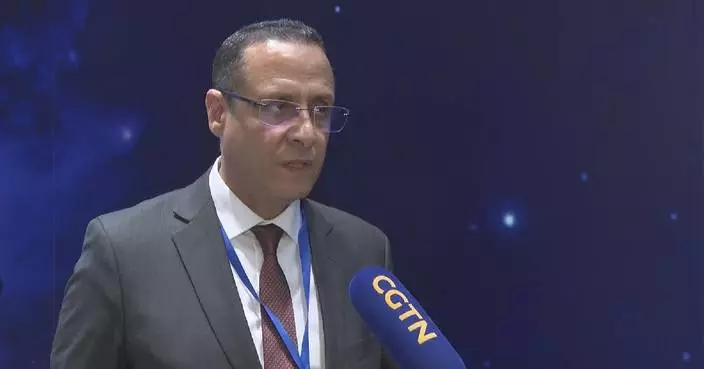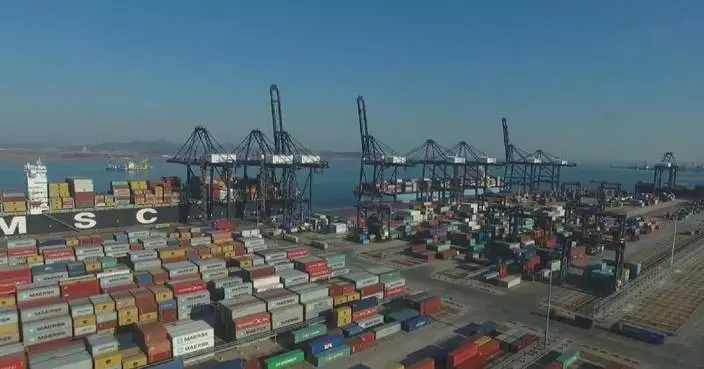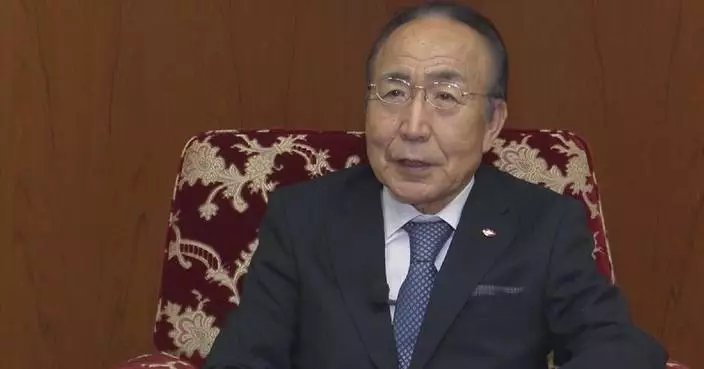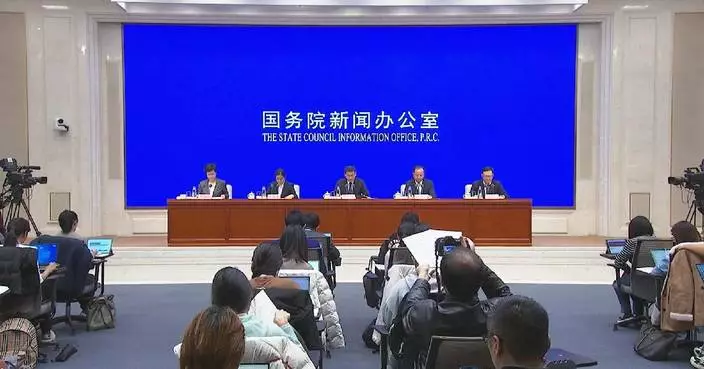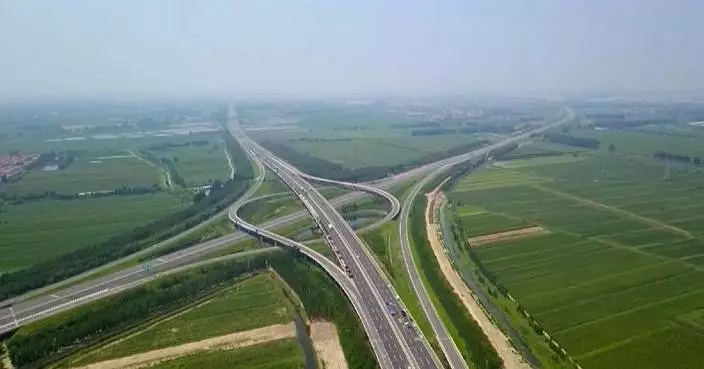The CEO of Chinese new energy vehicle (NEV) automaker Xpeng discussed the brand's core strategies and the latest industry trends at the ongoing second China International Supply Chain Expo in Beijing, in the context that China's current focus for stimulating its economy is pursuing innovation-driven development.
The supply chain expo, running from Tuesday to Saturday, also underscores this drive, especially with major NEV players attending this year's gathering, including He Xiaopeng, the CEO of NEV automaker Xpeng.
He first shared the core strategies adopted by XPeng in managing the supply chain for NEVs.
"First, we have a greater focus on globalization. We're thinking about global layouts. Second, we are paying close attention to developing our platform. This allows us to better handle supply chain fluctuations, whether upstream or downstream. Third, we are drawing a lot of lessons from mobile phone supply chains. In the past, a car might have required around 800 chips. Now, a NEV can use as many as 5,000 chips. Then we learned that managing supply chains for AI-driven NEVs is fundamentally different from the traditional automotive approach," said He.
Talking about supply chain cooperation, He stressed the importance of intelligent management which may be more efficient and meet the demands of the development.
"Talking about the collaboration within the Chinese supply chains, our expectation is to cooperate with companies ranked in the top three of their industry. Being in the top three reflects their quality, stability and level of informalization. We're building a larger system covering everything from supply chain management to order placement, logistics, and production. In this system, supply chains are being managed with increasing precision. However, managing such complexity manually is not feasible—it requires progressing from digitalization to informatization and ultimately to intelligence," he said.
With the increasingly digital and intelligent development of auto industry, He said that both NEVs and traditional automakers, including his company, are pursuing further transformation.
"We're now undertaking more full-stack in-house development. Previously, our in-house efforts began with autonomous driving, focusing solely on software. Now, we've expanded to include autonomous driving cloud models, localized software, chip computing power and even the underlying neural network architecture, which we call the EA architecture. Through this architecture, we can extend capabilities across the entire vehicle—from the chassis and audio systems to the rear-view mirror, power system and power management framework. This is why AI-powered vehicles will become increasingly powerful. They will use minimal computing power to manage the entire vehicle's functionalities. I believe all NEVs, along with many traditional automakers, are undergoing a major transformation—from developing mechanical vehicles to achieving full-stack, comprehensive in-house development with both breadth and depth," he said.
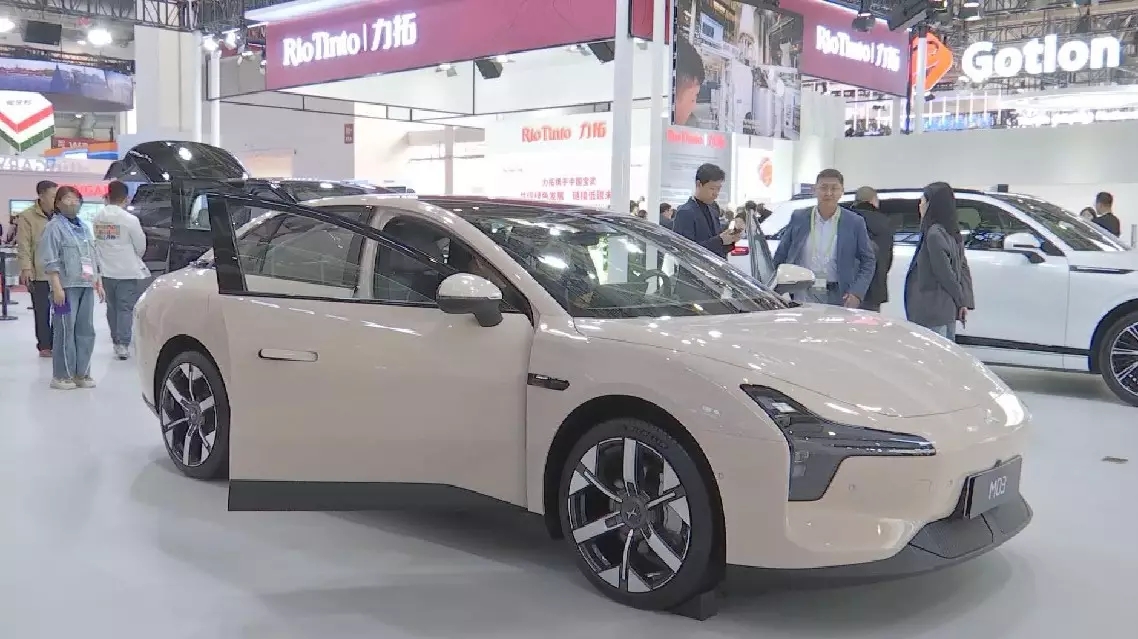
CEO of China's NEV automaker shares brand's core strategies, latest industry trends


